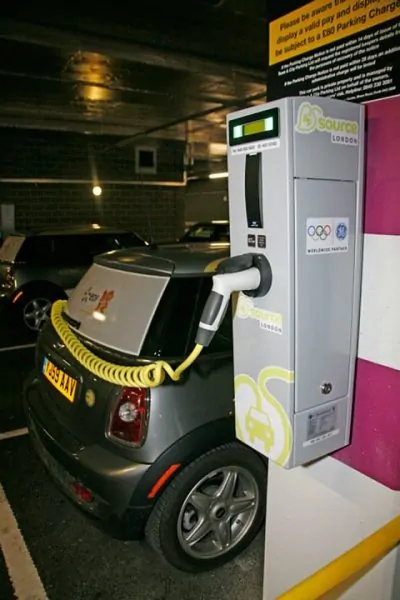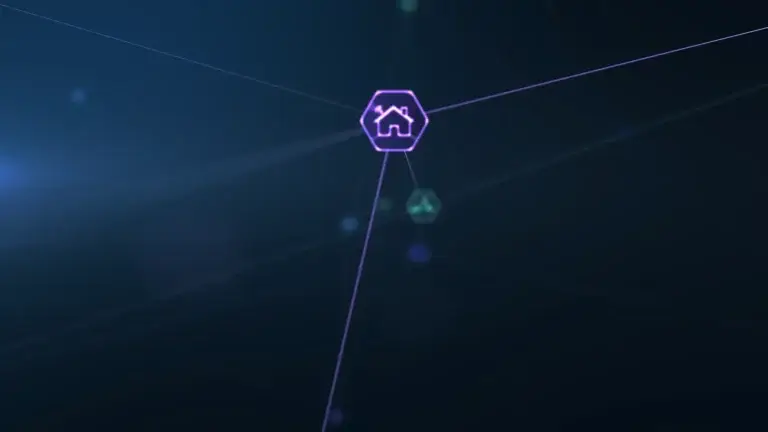M2M 2015 Trend Predictions from ByteSnap Design Engineers
Embedded systems engineers at ByteSnap Design, are behind a range of M2M (Machine-to-Machine) devices, from a Head-Up Display for motorcyclists to smart charging posts and vehicle tracking services.
Here, they share their M2M 2015 trend predictions.
Smart Sensors
2015 will bring a large increase in the availability of smart sensors in the industry. No longer is it acceptable to read analog signals over long lengths of wire across buildings.
The analog signal chain is shrinking in size but not complexity and transfer of data in digital form over common busses whether it is transported via RF, copper or fibre.
Already smart sensors are making inroads into our lives. For example, the use of distributed smart sensors in intelligent heating systems that allow precise control of any room in our homes is satisfying the growing EU directives to reduce consumption.
The requirement to move sensors to where they are required rather than bring the signals to a central processing box reduces power and improves signal integrity which improves performance.
Another example is the use of human monitoring devices worn on the wrist to monitor heart rate, blood pressure and temperature during exercise and sent back via Bluetooth or NFC to a mobile device.
Distributed processing, smart sensor architectures and designs are areas of expertise we at ByteSnap Design can provide to our customers and partners.

Consolidation of platforms
Why develop a custom solution when a small board exists with an abundance of ports and powerful enough to run a modern OS such as Linux or Android?
The next of our 2015 M2M trend predictions: the proliferation of small hardware platforms based around mainly ARM-based cores will continue in the next year; but eventually, in maybe a few years, it will start to reduce as the market saturates and established products are preferred.
This seems reminiscent of the eighties and nineties, when there was a myriad of computing platforms all using different processors, but it eventually whittled down to a few platforms and variations of them all using a couple of common processors, such as the Intel Pentium series.
Industrial versions of development boards
More and more equipment is being connected through radio and remote operation.
The hardware to provide this is becoming smaller and cheaper with a profusion of small but powerful development boards such as –
- Raspberry Pi
- Arduino
- Beagle
- WandBoard
- RIoT board, etc.
– and their many variants.
Originally aimed at non-professional developers but now being taken up by larger professional development companies due to the lower cost of development, some such as Raspberry Pi now offer more industrial versions of the boards such as the compute module.
Bluetooth 4.0 LE
IoT requires that ordinary people can simply access embedded devices. At the moment this is problematic due to the wide variety of standards and protocols used. In particular, there has been a lack of truly low power connectivity to phones.
BTLE (Bluetooth Low Energy) is solving this problem by offering really low power performance at a low cost, and crucially because it is integrated into smart phones. It doesn’t offer all the bells and whistles of ZigBee in terms of mesh networking; however, the ability to directly connect devices using it to phones and through them, into the internet, means that it will open up new market opportunities that other wireless standards can’t meet.
The increasing prevalence of BT4.0LE support in Android smart phones (already widely supported on iOS devices), will mean many more products will use the LE profile for M2M communications.

The LE profile means battery-powered devices can perform wireless communications, whilst maintaining battery lives that meet customer expectations.
LE has already become a de facto standard with “Smart Health” devices, such as Fitbit and Garmin Smart products.
These health monitoring mechanisms have fed the demand for personal fitness aides, which was a big trend in 2014 and is likely still to be in 2015. Companies such as Samsung will continue to push these lines heavily.
As the LE profile has gained traction, designers can re-evaluate the viability of other battery-powered devices that require wireless communications, where Wi-Fi or GSM standards had become an obstruction due to their high power draws.
FPGAs continue to eat their way into ASIC territory
Whilst FPGAs are unlikely to break into the consumer market in the near future, due to their relative expense compared to ASICs, they are continuing to increase market share in areas previously ASIC dominated, due to the increasing costs of ASIC design and production.
On the high end of complexity and processing requirements, FPGAs are displacing CPUs in big data applications as observed in data centres and financial institutions. On the low-end FPGAs are smaller than ever with reducing power requirements at every generation (for example, Lattice iCE40), allowing long time battery operation possible.
Tools are improving rapidly allowing the use of higher-level languages such as OpenCL, OpenCV, C and C++. SOCs now combine both CPU and FPGA fabric into one device (Altera Cyclone C SOC, Microsemi Smart Fusion, Xilinx Zynq and Cypress PSOC 5). They can run the latest embedded operating systems (FreeRTOS, Linux, Android, etc.) and applications and are widely available at affordable price points.
This also brings with it security risks that will have to be addressed with improved security layers to prevent unwanted corruption and subversion of the products.
Our Contenders for Strongest Sector Growth in 2015
- Home Automation: as mentioned earlier, the smart sensor market is due to rise exponentially this year, with the continued uptake of automated lighting and smart meters. This will also be aided by changes in communication protocols, such as ZigBee 3.0; compatibility issues should become easier to iron out, meaning interoperable platforms are better placed to succeed.
Wearable Tech: There has been a massive increase in the amount of wearable tech, most notably including fitness devices and medical products. Following on from this, we expect that more niche technology will appear that is connected via specific apps monitoring/logging people’s lives – with health care delivery and management, in particular, showing the most sustainable growth.
Transport Management: Vehicle telemetric information processing to monitor fleet driving behaviour will increasingly provide better service and driving improvements. Active traffic management using vehicle location and telemetric information could extend to other transport sectors such as trains, to help improve the operating times.
Ultimately, IoT and M2M is about problem-solving – using smart technology to meet many of our basic needs more easily in the digital age; heating and lighting, health and wellbeing, communication. As the relentless march of M2M gains further momentum, the industry must ensure the inevitable challenges that also arise – especially those around security – are properly understood and addressed.
Looking for M2M development support? Get in touch – our industrial IoT engineering experts are ready to help
We’re helping companies around the world save up to two years of development time with flexible hardware and software design solutions. Speak to our team, let’s confirm your spec and get up and running on your project quickly




